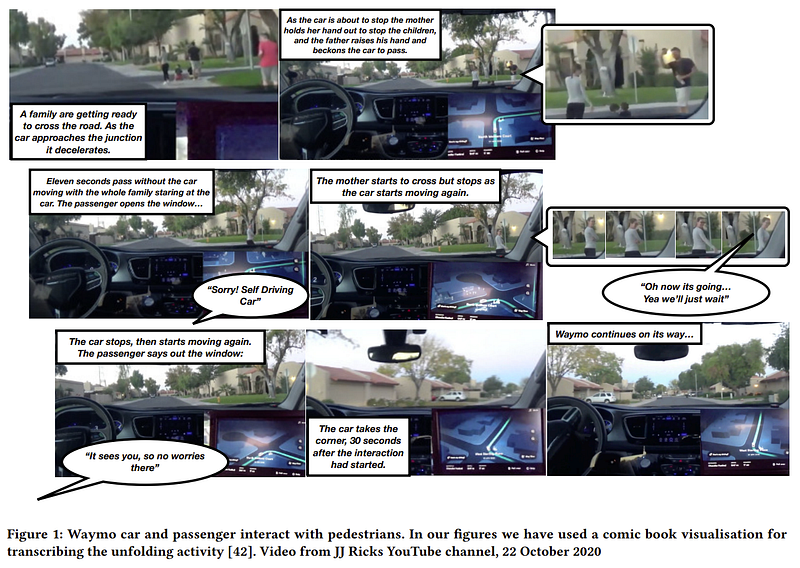The Social Blind Spot of Autonomous Vehicles: A Critical Analysis
Written on
Understanding the Interaction Dilemma
Navigating through traffic is often a complex experience. We’ve all witnessed the standoffs between pedestrians and vehicles, polite exchanges at roundabouts, and the frustrating moments when drivers block exits while waiting in line. Typically, people manage these ambiguous situations with eye contact and hand gestures, but these subtle social cues are lost on self-driving cars.
With more autonomous vehicles hitting the roads, the landscape is evolving rapidly. In December 2020, Waymo, Google's self-driving division, became the first to offer completely driverless taxi services in San Francisco. Following suit, Cruise, a subsidiary of General Motors, started its own service in the same city in February 2022. The automotive market is also catering to tech-savvy consumers; in 2021, Honda sold Japan's first level 3 'eyes off' vehicle, while Mercedes secured approval to sell similar models in Nevada. Presently, these are among the few vehicles classified at this level of autonomy, with Tesla remaining at the lower level 2 'hands-off' category.
The slow advancement in self-driving technology stems from their inability to comprehend social interactions in traffic. Just six months ago, both Ford and Volkswagen revised their plans for autonomous vehicles, highlighting the ongoing challenges. Barry Brown, a professor at the University of Copenhagen specializing in Human-Centred Computing, explains: “The driverless vehicle halts to avoid hitting pedestrians but may inadvertently drive into them because it fails to interpret social signals. This not only leads to confusion and delays in traffic but can also pose serious risks.”
Humans navigate these social dynamics effortlessly. “When we drive, we don’t consciously think about these interactions; we simply act. However, in designing systems, we must articulate everything we take for granted and integrate that into the design,” he elaborates.
Brown, along with Mathias Broth from Linköping University and Erik Vinkhuyzen from King’s College London, investigated a fundamental question in vehicle operation: should I proceed or yield? Their research involved analyzing video footage of Waymo and Tesla rides to observe how these autonomous vehicles interact with other road users. They examined over 18 hours of unedited footage sourced from 70 publicly shared YouTube videos and discovered that interactions with pedestrians were particularly problematic.
In one instance, a family waiting on the sidewalk signaled for a Waymo to proceed in front of them. Instead of moving, the vehicle halted, leading to a tense 11-second standoff before the mother decided to cross. At that moment, the Waymo also advanced, prompting her to hurriedly retreat to the curb. The vehicle stopped again, and a backseat passenger exclaimed, “Sorry, self-driving car!”

The pedestrians eventually resumed their journey after a tense 30 seconds, but the Waymo's system struggled in the interaction. This is not an isolated incident; in another example, a Tesla froze when a pedestrian hesitated to cross the street, while the human driver could easily resolve the situation with a simple wave.

Another video showcased a Tesla at an intersection, where it had the right of way but failed to move. The situation was complex; the vehicle needed to advance while waiting for other cars to clear the junction. However, its programming only allowed for binary decisions — to move or not. This two-step dilemma proved too challenging, resulting in five vehicles passing before the Tesla awkwardly entered the intersection.
While such a misstep might lead to minor accidents, vulnerable road users like pedestrians and cyclists face far greater risks. They depend on social interactions and mutual respect rather than simply adhering to traffic regulations. The researchers conclude that the primary challenge is not about computational abilities but about grasping social interactions.
“The automotive industry could benefit from adopting a more sociological perspective. By understanding the social dynamics at play in traffic, designers can better shape how self-driving cars interact with other road users, similar to how research has enhanced mobile phone usability and broader technology,” Brown noted in an interview.